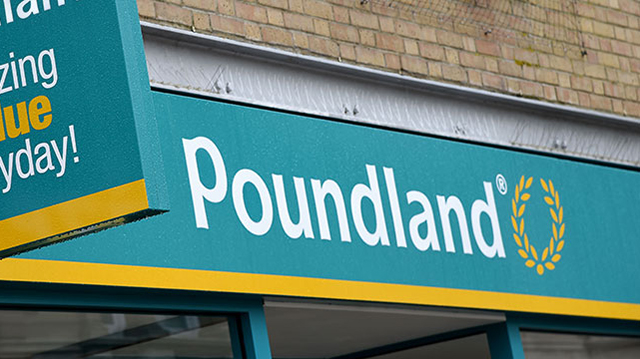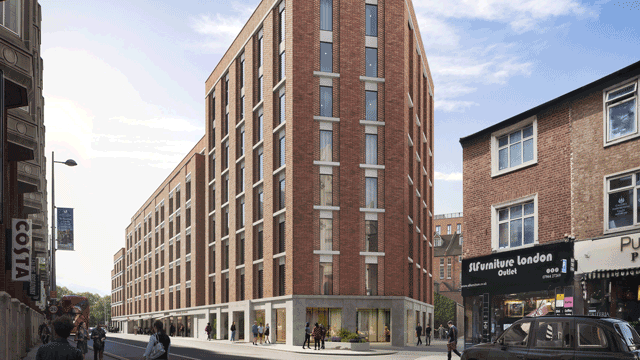The residential sector’s sharp turnaround has been greeted with more than a little scepticism – only 12 months ago many commentators were forecasting a seventh year of mainstream house price falls.
Some say the recovery is merely a credit-fuelled bubble; others dismiss it as a North-South divide led by London’s market strength, which is not reflected elsewhere; still more believe Help To Buy is behind the current mini-boom, which will grind to a halt after the 2015 election.
Yet a statistical assessment of five key measures – new-build registrations, transaction levels, house prices, mortgage lending and first-time buyer activity – shows recovery to be wide-ranging in terms of sectors and geography with an air of sustainability missing in the frothy days of 2007.
Dramatic headlines about London’s excesses in terms of house prices, foreign ownership and investment purchases mask a much more gradual and encouraging picture elsewhere. In other words, there is no bubble in sight anywhere else – so far.
House building
“The past six years have been among the worst for house building in living memory, but we are convinced recovery is very broad. Outside London some areas have registrations rising by nearly 40%” says Richard Tomayo, commercial director of the NHBC.
“It is not speculative building nor buy-to-let flats outside London – it is almost all family housing, even though the excess supply of apartments in provincial centres has been absorbed,” he says.
There is one inconvenient truth, however: Wales did not introduce its own version of Help To Buy until this year, and was the only region to see registrations fall in 2013. So is the national picture of increasing building merely a Help To Buy mirage?
Developers insist it is not. They cite the fact that HTB is rare in London where registrations have risen most and Taylor Woodrow has confidently called on government to “wean the industry off Help To Buy” as the market is strong enough to survive unaided.
Sales volumes
House and apartment transactions are up but analysts say the critical indicator is that they are rising in every price sector as well as every geographical region.
Bank of England governor Mark Carney says the market outside of London is undergoing “an adjustment from very low levels. They dropped by more than 50% from the average before the crisis.” A Lloyds Bank report says UK housing transactions are still 41% down on the more typical levels seen back in 2006.
There is an inconvenient truth here too, this time for estate agents: the increases in transactions in price levels immediately above stamp duty thresholds suggest the tax may be less of a disincentive to buyers than agents suggest. But they also show recovery is stronger than many analysts suggest.
House prices
It is not the scale of increase but the ability of buyers to pay which ensures price recovery is sustainable and not a bubble, according to analysts.
So key to the “it is not a bubble” argument is the fact that according to the Office for National Statistics only 9.2m UK homes have property debt – that is 37.3% of the total, with a median debt level of a modest £75,000.
Separate research from property consultancy Hometrack suggests that in the imminent future more than 50% of UK households – older owners who first bought in the 1970s and 1980s – will become completely mortgage-free.
This is why Savills now bases its assessment of the market not on mortgage availability but instead on the opposite – the use of equity.
“Markets showing the most growth in the past five years have all been affluent and attracting plenty of equity,” says Savills research director Lucian Cook.
Mortgage lending and affordability
Arguably the single biggest spur to increased market activity has been a relaxation in mortgage lending.
Mortgages agreed last year totalled £177bn, but in 2007 the figure was £363bn and analysis of the UK’s long-term mortgage market by Legal & General says a “normal” level of lending would be nearer to £240bn annually.
With banks and building societies no longer drawing on the Funding for Lending Scheme, which has been suspended, the expansion in lending expected this year will be because of applicants’ genuine ability to pay rather than institutional access to cheap money.
First-time buyers
First-time buying activity has long been considered key to freeing the housing market.
The Council of Mortgage Lenders says more first-timers received mortgages in 2013 than at any time since 2000, spurred by Help To Buy, but with no relaxation in deposits required the total borrowing by FTBs remained at half the level of 2007.
There is also little likelihood that mortgage lenders will get anywhere near the much-derided levels of lending to FTBs in future thanks to the Mortgage Market Review rules introduced by the Financial Conduct Authority this month.
These require mortgage applicants to produce more evidence they can repay when interest rates rise.
They must reveal travel to work, childcare and energy costs in a move away from crude income multiples on bases for mortgage-giving to FTBs.











